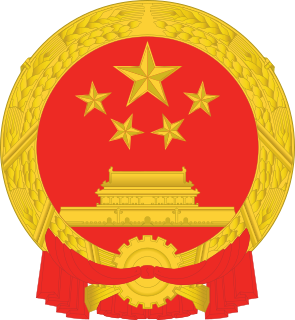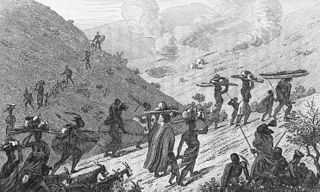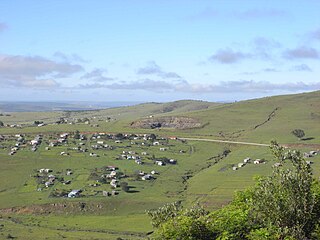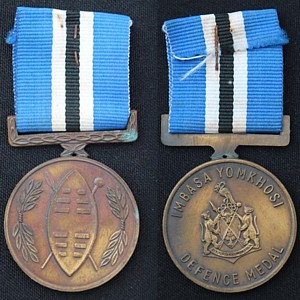
The flag of the Netherlands is a horizontal tricolour of red, white, and blue. The current design originates as a variant of the late 16th century orange-white-blue Prinsenvlag, evolving in the early 17th century as the red-white-blue Statenvlag, the naval flag of the States-General of the Dutch Republic, making the Dutch flag perhaps the oldest tricolour flag in continuous use. It has inspired the Russian and French flags. During the economic crisis of the 1930s, the old Prince's Flag with the colour orange gained some popularity among some people. To end the confusion, the colours red, white and blue and its official status as the national flag of the Kingdom of the Netherlands were reaffirmed by royal decree on 19 February 1937.

The flag of Finland, also called Siniristilippu, dates from the beginning of the 20th century. On a white background, it features a blue Nordic cross, which represents Christianity.

The national flag of Greece, popularly referred to as the "blue and white" or the "sky blue and white", is officially recognised by Greece as one of its national symbols and has nine equal horizontal stripes of blue alternating with white. There is a blue canton in the upper hoist-side corner bearing a white cross; the cross symbolises Eastern Orthodox Christianity, the prevailing religion of Greece. The blazon of the flag is Azure, four bars Argent; on a canton of the field a Greek cross throughout of the second. The official flag ratio is 2:3. The shade of blue used in the flag has varied throughout its history, from light blue to dark blue, the latter being increasingly used since the late 1960s. It was officially adopted by the First National Assembly at Epidaurus on 13 January 1822.

Bhisho is the capital of the Eastern Cape Province in South Africa. The Office of the Premier, Provincial Legislature and many other government departments are headquartered in the town. The town, three kilometres from King William's Town and 70 kilometres from East London, is also part of Buffalo City.

Ciskei was a nominally independent state—a Bantustan—located in the southeast of South Africa. It covered an area of 7,700 square kilometres (3,000 sq mi), almost entirely surrounded by what was then the Cape Province, and possessed a small coastline along the shore of the Indian Ocean.

The flag of Malaysia, also known as Malay: Jalur Gemilang, is composed of a field of 14 alternating red and white stripes along the fly and a blue canton bearing a crescent and a 14-point star known as the Bintang Persekutuan. The 14 stripes, of equal width, represent the equal status in the federation of the 13 member states and the federal territories, while the 14 points of the star represent the unity between these entities. The crescent represents Islam, the country's state religion; the blue canton symbolises the unity of the Malaysian people; the yellow of the star and crescent is the royal colour of the Malay rulers.

The national flag of the Democratic Republic of the Congo is a sky blue flag, adorned with a yellow star in the upper left canton and cut diagonally by a red stripe with a yellow fimbriation. It was adopted on 20 February 2006. A new constitution, ratified in December 2005 and which came into effect in February 2006, promoted a return to a flag similar to that flown between 1963 and 1971, with a change from a royal blue to sky blue background. Blue represents peace. Red stands for "the blood of the country's martyrs", yellow the country's wealth; and the star a radiant future for the country.

The flag of Namibia was adopted on 21 March 1990 upon independence from South Africa.

The flag of Saint Lucia consists of a cerulean blue field charged with a yellow triangle in front of a white-edged black isosceles triangle. Adopted in 1967 to replace the British Blue Ensign defaced with the arms of the colony, it has been the flag of Saint Lucia since the country became an associated state of the United Kingdom that year. Although the overall design of the flag has remained unchanged, specific aspects of it have been altered over the years.

The flag of Uganda was adopted on 9 October 1962, the date that Uganda became independent from the British Empire. It consists of six equal horizontal bands of black (top), yellow, red, black, yellow, and red (bottom); a white disc is superimposed at the centre and depicts the national symbol, a grey crowned crane, facing the hoist side.

The National Emblem of the People's Republic of China contains in a red circle a representation of Tiananmen Gate, the entrance gate to the Forbidden City, where Mao Zedong declared the foundation of the People's Republic of China (PRC) in 1949. Above this representation are the five stars found on the national flag. The largest star represents the Communist Party of China, while the four smaller stars represent the four social classes as defined in Maoism. The emblem is described as being "composed of patterns of the national flag":
...The red color of the flag symbolizes revolution and the yellow color of the stars the golden brilliant rays radiating from the vast red land. The design of four smaller stars surrounding a bigger one signifies the unity of the Chinese people under the leadership of the Communist Party of China (CPC)
—China Yearbook 2004

The national flag of Curaçao represents the country of Curaçao as well as the island area within the Netherlands Antilles from 1984 until its dissolution in 2010. The flag was flown for Curaçao and Dependencies for which the flag of the Netherlands was never used.

The Fengu people refers to a variety of ethnic groups that fled from the Mfecane to enter into various Xhosa speaking areas, but now often considered to have assimilated by the Xhosa people whose language they now speak. The term derives from the verb "ukumfenguza" which means to wander about seeking service. Historically they achieved considerable renown for their military ability in the frontier wars.

British Kaffraria was a British colony/subordinate administrative entity in present-day South Africa, consisting of the districts now known as King William’s Town and East London. It was also called Queen Adelaide's Province.
The flag and the coat of arms of Johor are state symbols of Johor, Malaysia. Like other states of Malaysia with Malay royalties, the state symbols of Johor are influenced by Johor's royalties, as well as Islam and the political and natural features of the state.

Xhosa people are a Nguni ethnic group in Southern Africa whose homeland is primarily within the modern-day Eastern Cape. There is a small but significant Xhosa-speaking (Mfengu) community in Zimbabwe, and their language, isiXhosa, is recognised as a national language.

The Oxfordshire flag is the flag of the historic county of Oxfordshire in England. It was registered with the Flag Institute on 9 October 2017.

The Ciskei Defence Medal was instituted by the President of the Republic of Ciskei in 1988, for award to all ranks for general service.

The Independence Medal was instituted by the President of the Republic of Ciskei in 1981, for award to all serving members of the Ciskei Defence Force on 4 December 1981 to commemorate the independence of Ciskei.

The flag of Bophuthatswana is blue with an orange band from the lower hoist side to the upper fly. In the top left field is a white circle with the image of a leopards face in black.



















